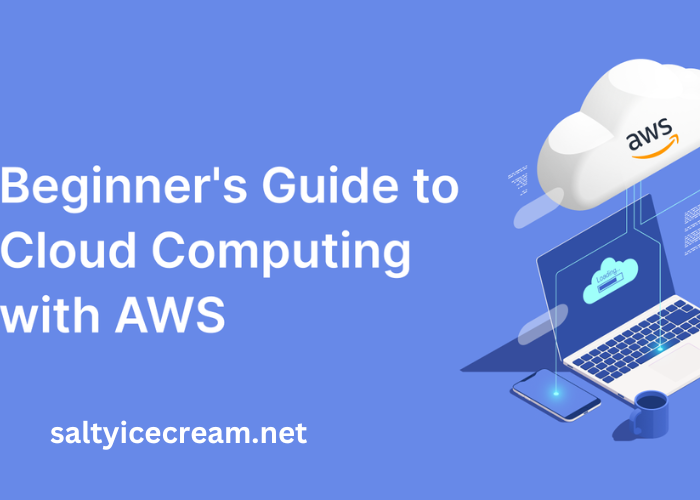Cloud computing has revolutionized how businesses and individuals use technology. It eliminates the need for costly hardware, provides scalability, and enables seamless collaboration. While the concept may seem complex, understanding its basics can help beginners unlock its full potential. This article offers a beginner-friendly guide to cloud computing, exploring its core principles, benefits, and practical applications.
1. Introduction: What Is Cloud Computing?
Cloud computing delivers computing services over the internet, including storage, processing power, databases, and software. Instead of relying on local servers or personal devices, users can access these resources from anywhere, making technology more accessible and efficient.
2. The Evolution of Cloud Computing
Cloud computing has evolved significantly since its inception. From the early days of mainframes and virtual machines to today’s advanced cloud platforms, this technology has transformed how businesses operate. Understanding this evolution helps contextualize its current capabilities.
3. How Does Cloud Computing Work?
Cloud computing relies on data centers and virtualization technology. Service providers manage these data centers, allowing users to access computing resources on demand. This section explains key components like servers, storage, and networks that power the cloud.
4. Types of Cloud Computing: Public, Private, and Hybrid
Cloud computing comes in various forms:
- Public Clouds: Managed by third-party providers and shared among multiple users.
- Private Clouds: Exclusive to a single organization, offering more control.
- Hybrid Clouds: Combining public and private clouds for flexibility.
Understanding these types helps users choose the best option for their needs.
5. Key Service Models: IaaS, PaaS, and SaaS
Cloud services are categorized into three main models:
- Infrastructure as a Service (IaaS): Provides virtualized computing resources.
- Platform as a Service (PaaS): Offers tools for app development.
- Software as a Service (SaaS): Delivers software applications via the internet.
Each model caters to different use cases, from development to daily productivity.
6. Benefits of Cloud Computing
The advantages of cloud computing include cost savings, scalability, flexibility, and enhanced collaboration. This section delves into these benefits, highlighting how they empower individuals and businesses alike.
7. Common Cloud Service Providers
Major players like Amazon Web Services (AWS), Microsoft Azure, and Google Cloud dominate the market. This section compares their offerings, helping beginners identify the best provider for their needs.
8. Getting Started with Cloud Storage
Cloud storage allows users to store and retrieve files online. Platforms like Google Drive, Dropbox, and OneDrive offer user-friendly interfaces, making it easy for beginners to access their data anytime, anywhere.
9. Cloud Computing for Small Businesses
Small businesses can leverage cloud computing to reduce operational costs and enhance productivity. This section explores tools and strategies that make the cloud accessible to startups and small enterprises.
10. Security in Cloud Computing
While the cloud offers numerous benefits, security remains a concern. This section addresses data encryption, access control, and compliance measures that ensure safe cloud usage.
11. Challenges and Limitations of Cloud Computing
Despite its advantages, cloud computing has limitations, such as dependency on internet connectivity and potential downtime. Understanding these challenges helps users make informed decisions.
12. Cloud Computing in Everyday Life
Cloud computing isn’t just for businesses; it impacts everyday activities like streaming, gaming, and file sharing. This section explores real-world examples of how individuals use the cloud daily.
13. The Future of Cloud Computing
Emerging technologies like edge computing, AI integration, and quantum computing are shaping the future of the cloud. This section examines upcoming trends and their potential impact on users.
14. Tips for Beginners Exploring the Cloud
Beginners can start their cloud journey with simple steps:
- Identify your needs (storage, computing power, collaboration).
- Choose a reliable provider.
- Explore free trials and training resources.
Practical advice helps users navigate their initial foray into cloud computing.
15. Conclusion: Unlocking the Potential of Cloud Computing
Cloud computing is a game-changer, offering unparalleled convenience and efficiency. By understanding its basics, beginners can harness its power for personal and professional growth. As technology evolves, staying informed about cloud advancements will ensure continued success.
Cloud computing is here to stay, and its accessibility ensures that anyone can benefit from its transformative capabilities. Whether you’re an individual or a business, the cloud opens doors to endless possibilities.

